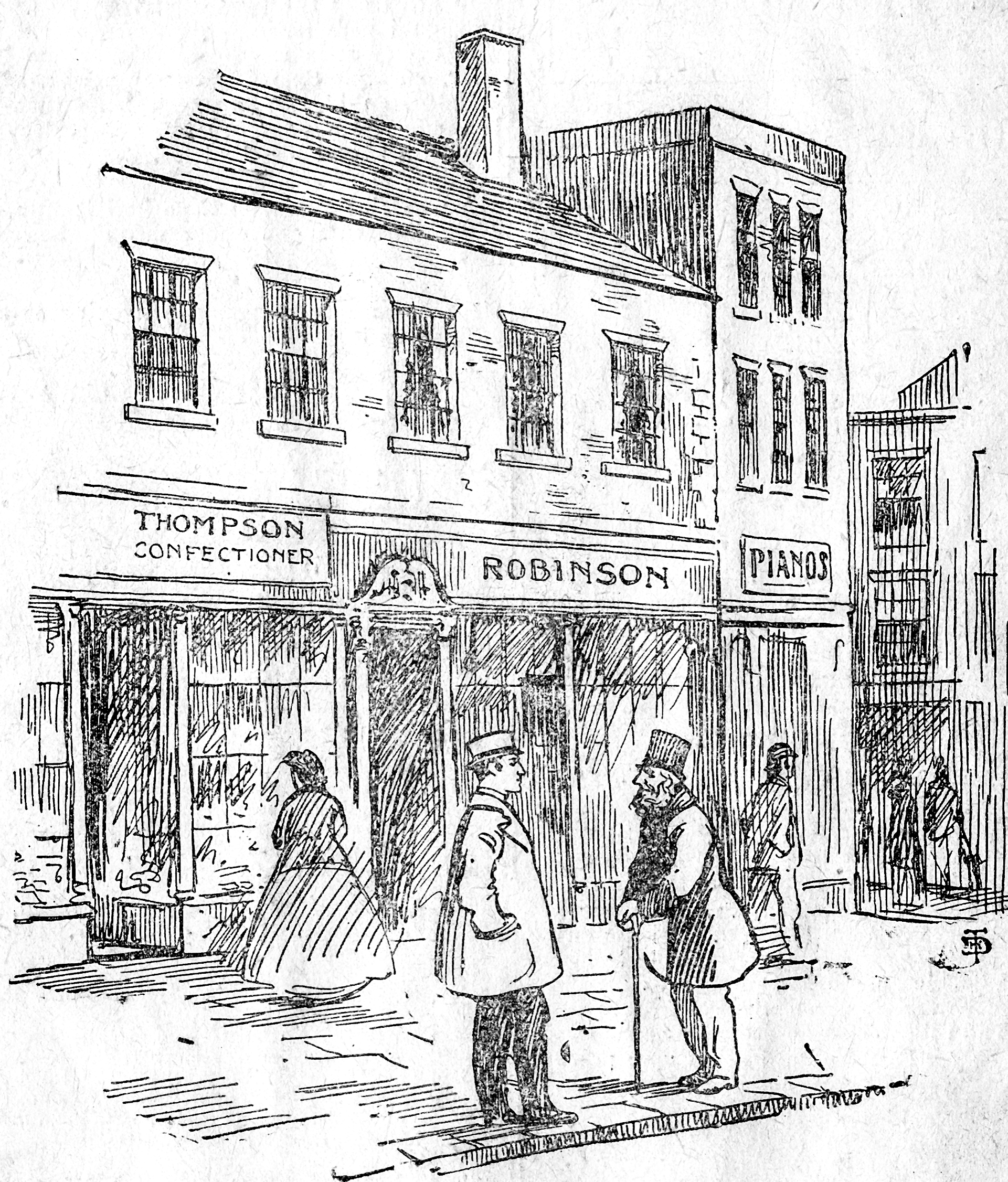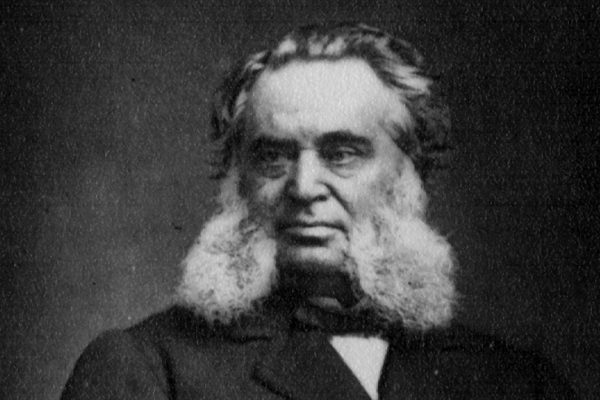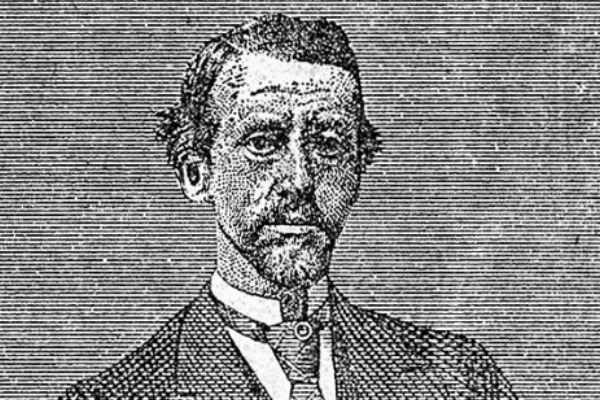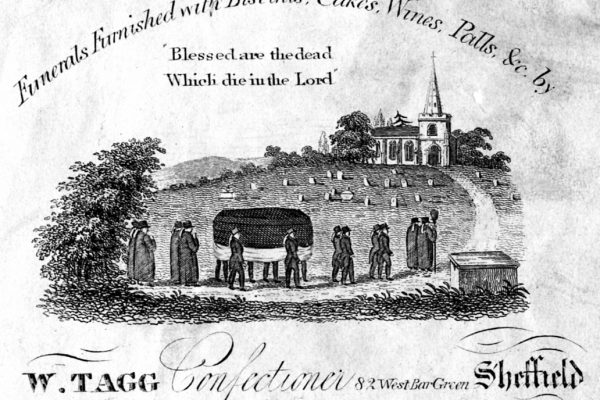
Thompson Confectioners 1865. Source: Picture Sheffield.
Today when thinking about confectionery, the racks of chocolate bars and packets of sweets in a supermarket are often what come to mind, but in 1836 when the Cemetery first opened, confectionery had a much broader meaning. Victorian confectioners served long apprenticeships to learn their trade as they needed many skills and much experience to produce the perfect product: the confection. They sold various sweetmeats (sweet food) such as breads, cakes, biscuits, comfits, lozenges, boiled sweets, rocks, jams, candied peels, pickles, lemonades, sodas and jellies – all under the general heading ‘confectionery’.
As Sheffield’s population grew during the nineteenth century, so did the demand for confectionery, leading to a substantial increase in confectionery businesses. Many were small scale family concerns but in 1856 when George Bassett opened a ‘manufactory’ on Snig Hill, the mass production of confectionery in Sheffield had begun. George Bassett wasn’t alone, many of Sheffield’s confectionery firms grew into large concerns, making the town a substantial player in the development of confectionery.
You can read more about people who worked as confectioners and who are buried in the Cemetery in the Sheffield General Cemetery Trust’s publication Sweet Remembrance and follow the self-guided trail Sweet Remembrance.






